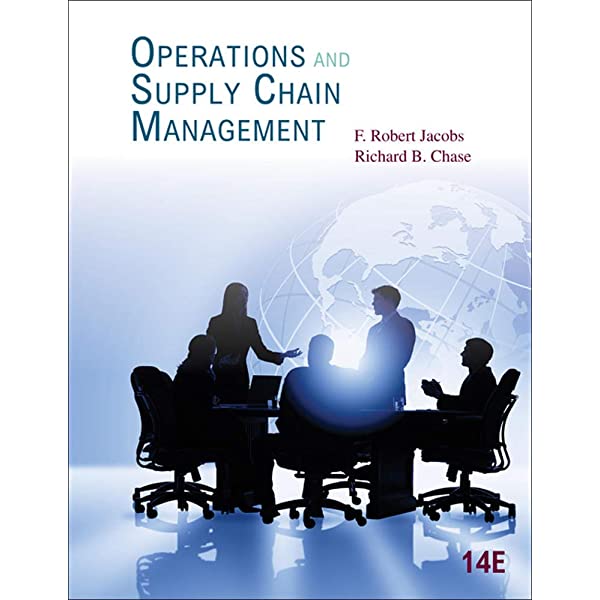
Operations and Supply Chain Management 14th Edition by Robert Jacobs,Richard Chase
Edition 14ISBN: 978-0077535179
Operations and Supply Chain Management 14th Edition by Robert Jacobs,Richard Chase
Edition 14ISBN: 978-0077535179 Exercise 4
You work for Nokia in its global cell phone group. You have been made project manager for the design of a new cell phone. Your supervisors have already scoped the project so you have a list showing the work breakdown structure, and this includes major project activities. You must plan the project schedule and calculate project duration. Your boss wants the schedule on his desk tomorrow morning!
You have been given the information in Exhibit 4.13. It includes all the activities required in the project and the duration of each activity. Also, dependencies between the activities have been identified. Remember that the preceding activity must be fully completed before work on the following activity can be started.
Your project is divided into five major subprojects. Subproject P involves developing specifications for the new cell phone. Here decisions related to such things as battery life, size of the phone, and features need to be made. These details are based on how a customer uses the cell phone. These user specifications are redefined in terms that have meaning to the subcontractors that will actually make the new cell phone in subproject S, supplier specifications.

These involve engineering details for how the product will perform.
The individual components that make up the product are the focus of subproject D. Subproject I brings all the components together, and a working prototype is built and tested.
Finally in subproject V, suppliers are selected and contracts are negotiated.
Your boss would like you to study the impact of making two changes to how the project is organized. The first change involves using dedicated teams that would work strictly in parallel on the activities in each subproject. For example, in subproject P (product specifications) the team would work on P1, P2, P3, and P4 all in parallel. In other words, there would be no precedence relationships within a subproject-all tasks within a subproject would be worked on at the same time and each would take the same amount of time as originally specified. With this new design, all the subprojects would be done sequentially with P done first, then S, D, I, and finally V. What would be the expected impact on how long it would take to complete the project if this change were made?
You have been given the information in Exhibit 4.13. It includes all the activities required in the project and the duration of each activity. Also, dependencies between the activities have been identified. Remember that the preceding activity must be fully completed before work on the following activity can be started.
Your project is divided into five major subprojects. Subproject P involves developing specifications for the new cell phone. Here decisions related to such things as battery life, size of the phone, and features need to be made. These details are based on how a customer uses the cell phone. These user specifications are redefined in terms that have meaning to the subcontractors that will actually make the new cell phone in subproject S, supplier specifications.

These involve engineering details for how the product will perform.
The individual components that make up the product are the focus of subproject D. Subproject I brings all the components together, and a working prototype is built and tested.
Finally in subproject V, suppliers are selected and contracts are negotiated.
Your boss would like you to study the impact of making two changes to how the project is organized. The first change involves using dedicated teams that would work strictly in parallel on the activities in each subproject. For example, in subproject P (product specifications) the team would work on P1, P2, P3, and P4 all in parallel. In other words, there would be no precedence relationships within a subproject-all tasks within a subproject would be worked on at the same time and each would take the same amount of time as originally specified. With this new design, all the subprojects would be done sequentially with P done first, then S, D, I, and finally V. What would be the expected impact on how long it would take to complete the project if this change were made?
Explanation
Length of each project is decided by the...
Operations and Supply Chain Management 14th Edition by Robert Jacobs,Richard Chase
Why don’t you like this exercise?
Other Minimum 8 character and maximum 255 character
Character 255


